We Ask the First Female President of the Royal Society of Portrait Painters, Bp Portrait Award-winner and Tv Art Judge the Secrets to Her Painting Career.

You’re best known for your portraits, but also paint a variety of subjects. Is there one that feels most natural?
I feel most at home doing a portrait because a commissioned painting has to work from the off, so I am careful to select a room, background and lighting conditions I know will make a decent painting.
How would you describe your oil technique?
Direct – no preliminary drawing, always from life and not photographs, even for back-up. One battleground is enough. I use fairly dry paint with no medium, and tend to use short-handled sable brushes, which are intended for water colour, so it feels like drawing with paint and I can use my little finger as a mahl stick.
How did you develop your distinctive style?
It does not seem like a style to me. I did not aim at a style. I don’t work from preliminary studies because, when I was a postgraduate student at the Slade School of Fine Art, I was afforded the luxury of a model to pose for me for a term. Having been worried by my gloomy, grey paintings, I thought, if I did a perfect drawing of her, I would be able to work out the shapes and composition, transfer the outlines to canvas and apply bright, clean colour. The moment I began to paint I could see it was useless. The psychology of perception has the answers to this phenomenon, but it means you are painting experience, rather than illustrating an idea. Patches of colour must work for themselves.
Is there a secret to catching a person’s essence?
Denne historien er fra Summer 2017-utgaven av Artists & Illustrators.
Start din 7-dagers gratis prøveperiode på Magzter GOLD for å få tilgang til tusenvis av utvalgte premiumhistorier og 9000+ magasiner og aviser.
Allerede abonnent ? Logg på
Denne historien er fra Summer 2017-utgaven av Artists & Illustrators.
Start din 7-dagers gratis prøveperiode på Magzter GOLD for å få tilgang til tusenvis av utvalgte premiumhistorier og 9000+ magasiner og aviser.
Allerede abonnent? Logg på

Still life IN 3 HOURS
Former BP Portrait Award runner-up FELICIA FORTE guides you through a simple, structured approach to painting alla prima that tackles dark, average and light colours in turn
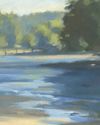
Movement in composition
Through an analysis of three masterworks, landscape painter and noted author MITCHELL ALBALA shows how you can animate landscape composition with movement
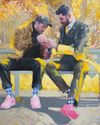
Shane Berkery
The Irish-Japanese artist talks to REBECCA BRADBURY about the innovative concepts and original colour combinations he brings to his figurative oil paintings from his Dublin garden studio
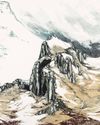
The Working Artist
Something old, something new... Our columnist LAURA BOSWELL has expert advice for balancing fresh ideas with completing half-finished work
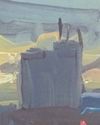
Washes AND GLAZES
Art Academy’s ROB PEPPER introduces an in-depth guide to incorporating various techniques into your next masterpiece. Artwork by STAN MILLER, CHRIS ROBINSON and MICHELE ILLING
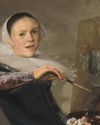
Hands
LAURA SMITH continues her new four-part series, which encourages you to draw elements of old master paintings, and this month’s focus is on capturing hands

Vincent van Gogh
To celebrate The Courtauld’s forthcoming landmark display of the troubled Dutch master’s self-portraits, STEVE PILL looks at the stories behind 10 of the most dramatic works on display
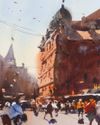
BRING THE drama
Join international watercolour maestro ALVARO CASTAGNET in London’s West End to paint a dramatic street scene
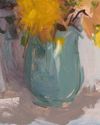
Serena Rowe
The Scottish painter tells STEVE PILL why time is precious, why emotional responses to colour are useful, and how she finds focus every day with the help of her studio wall
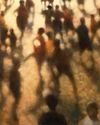
Bill Jacklin
Chatting over Zoom as he recovers from appendicitis, the Royal Academician tells STEVE PILL about classic scrapes in New York and his recent experiments with illustration